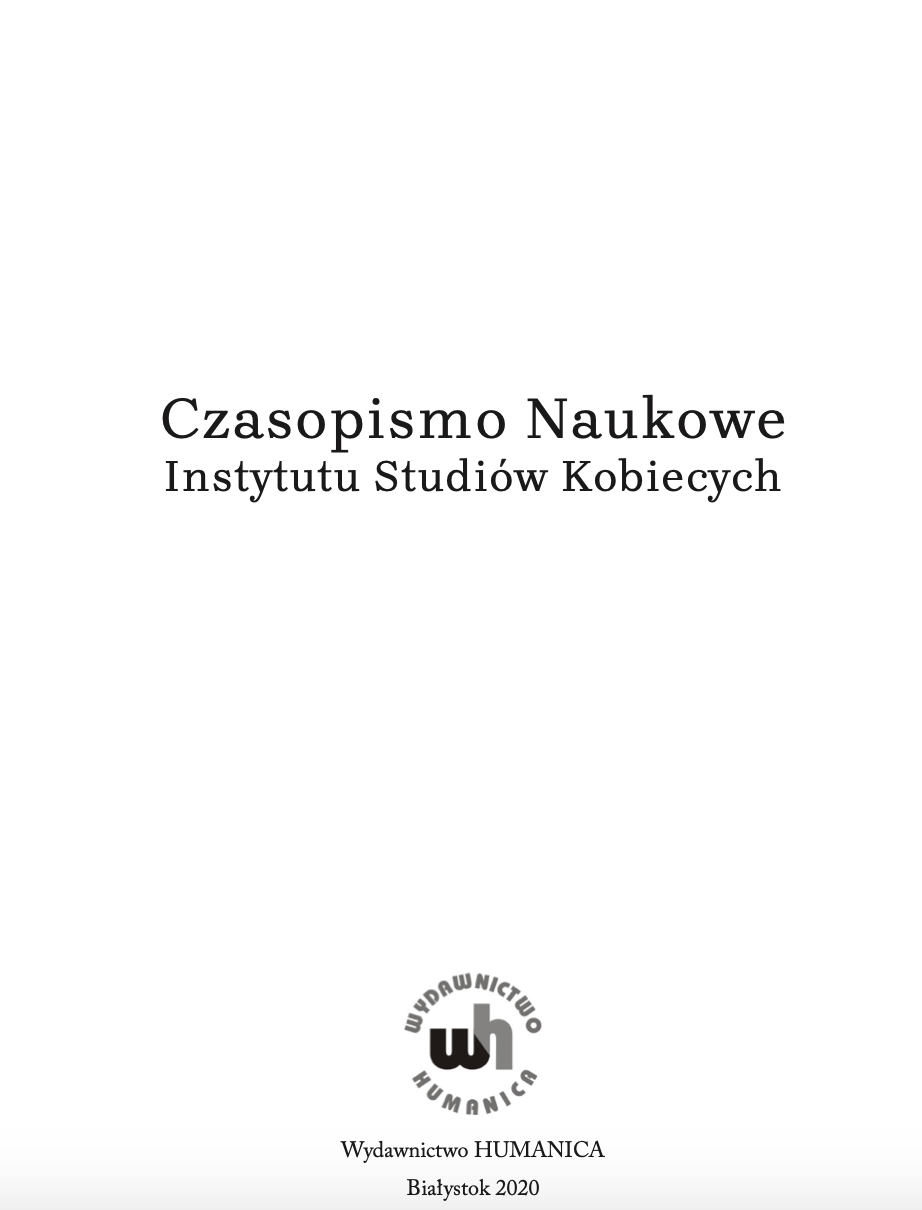Małżeństwa w międzywojennej rodzinie chłopskiej w świetle dokumentów kościelnych na przykładzie diecezji kieleckiej
Marriage in the inter-war peasant family in the light of ecclesiastical documentation based on the example of diocese of Kielce
Author(s): Regina RenzSubject(s): History, Recent History (1900 till today), Interwar Period (1920 - 1939)
Published by: Wydawnictwo HUMANICA Instytut Studiów Kobiecych
Keywords: marriage; peasant family; patriarchal family; separation; living without marriage; diocese of Kielce
Summary/Abstract: The patriarchal family model, promoted by religious institutions, was the most prevalent in the rural areas. Role models, associated with patriarchal family, promoted in the catholic press, exposed features of men, such as resourcefulness, care for his wife and home, meanwhile, for women, these were features such as economy, kindness, care for her children and husband. People looked for future wives and husbands among neighbours, neighbouring villages and in the nearest area. Within traditional rural areas, basic criteria of marriage was the size of the lands owned by the families of the spouses, as well as owned money capital. Love and mutual attraction were desired but not required in this model. Those, who managed to combine “decent” conditions of the future marriage with elation of heart, were considered the lucky ones. Introducing couples by matchmakers, friends or family members had to guarantee “choosable” choices. Religious concept of marriage assumed that procreation is its main objective. It disregarded divorce and considered conscious maternity inconsistent with catholic morality. In practice, Catholics didn’t obey behaviour models promoted by the Church. Church’s ethical principles about the binding nature of marriage and the ones banning living without entering marriage, weren’t fully respected. Based on the survey conducted among priests in diocese of Kielce regarding family morality among congregation in years 192–1929, we learn that in just a few parishes self-willed separations and living without marriage were observed. The main reason behind separations were property issues, irreconcilable differences, infertility, illness or brutality of one of the spouses. Also, ban imposed on birth planning and control wasn’t generally respected. All of the above proves changes that were taking place in marriage and family relations in peasant families during inter-war period.
Journal: Czasopismo Naukowe Instytutu Studiów Kobiecych
- Issue Year: 2021
- Issue No: 11
- Page Range: 9-21
- Page Count: 13
- Language: Polish

